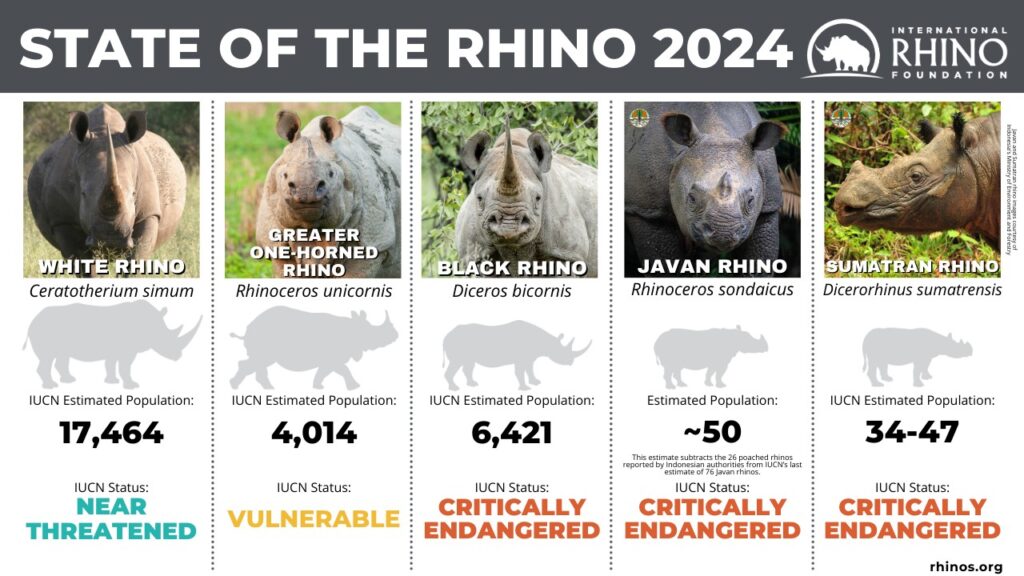
Nehru Zoological Park, Hyderabad, established sixty-five years ago in 1959 and inaugurated in 1963, is a sprawling landscape in 380 acres. It is uniquely located abutting the historic Mir-Alam Tank a wonderful waterbody almost as large as the zoo premises. It is the first zoo in India to showcase animals in open enclosures arranged in zoological order, providing a near-natural habitat that fosters well-being of its diverse fauna and even flora. Over 150 open enclosures and nearly 200 species help the zoo leverages its natural surroundings and strategic location to create a nurturing environment. Its mission emphasizes wildlife conservation by breeding endangered species dovetailed to encourage educational programmes for the masses.

The Hyderabad Zoo also has a unique scheme that says “Adopt an animal of any size at Hyderabad Zoo and be a hero for wildlife!” Whether you’re an individual, family, group, or business, your contribution funds animal care and protects endangered species says a dictum on the zoo’s website. This unique initiative not only helps the zoo’s conservation efforts but also teaches the importance of nurturing nature to both kids and adults.
Dr B.C Choudhry, a veteran Wildlife consultant with Wildlife organisations in India and abroad and an alumnus of Wildlife Institute of India says that the Hyderabad Zoo is one of the best in the country. B.C. Choudhry who was stationed at the Hyderabad Zoo in its formative years for a decade from 1976 to 1987 says that Rhinos are given special treatment as endangered species. He also explains that Zoos in India play a crucial role in wildlife conservation to mitigate extermination. Zoos don’t just impart education and entertainment but help in Breeding Programs to increase their population, retain Genetic Diversity for healthier specimens. Rescue and Rehabilitation of injured. Research and monitoring of Rhino behaviour. Study of Habitat Simulation and enrichment for potential rewilding.
Rhinos in the Wilderness

My first encounters with wild Indian rhinoceros began 27 years ago at Kaziranga National Park, one of the last strongholds of the species in Assam, India. My second sighting, in the smaller Pobitora Sanctuary, left a deep impression. Seeing these magnificent animals from the back of an elephant was like stepping back into prehistoric times. Yet, despite their resilience, these relics of the Jurassic age face extinction, driven primarily by poaching fuelled by the myth of Rhino horn’s aphrodisiac properties.
The Indian one-horned rhinoceros, with its distinctive armour – like body and single horn, stands as a symbol of India’s rich biodiversity. However, the story of this species, particularly since India’s independence in 1947, has been one of near disaster by followed by remarkable recovery efforts.
Diminishing Population

By the mid-20th century, the Indian Rhinoceros faced near extinction due to habitat loss, poaching, and human-wildlife conflict. The rhinos were once widespread from India, Nepal to Bhutan, along the mighty Terai Arc Landscape spread over 12 million acres of lowlands and foothills of the Himalayas. Unfortunately, they have now dwindled into pockets of Assam and parts of Nepal. Poaching for their horns further reduced their numbers. Post-independence, India’s initial focus on nation-building overshadowed wildlife conservation. However, by the 1950s, awareness grew, and Kaziranga, designated a reserve forest in 1905, became a wildlife sanctuary in 1950, and later graduated to a National Park marking the start of formal conservation efforts despite limited resources.
Landmark in Rhino Conservation
In the 1980s, political unrest in Assam, along with increased poaching, endangered the already vulnerable Rhino population. In response, former Prime Minister Indira Gandhi supported a revolutionary initiative to translocate Rhinos from Assam to Dudhwa National Park in Uttar Pradesh. Despite local opposition, particularly from those who saw the Rhino as a symbol of regional pride, the translocation was a success. Five rhinos were airlifted to Dudhwa in 1984, and today, their descendants thrive in the park. This effort marked a significant milestone in India’s conservation movement, demonstrating the importance of political will and long-term commitment to saving endangered species. When I visited Dudhwa in 2012 and ventured on elephant safari to witness nearly 40 thriving population of Rhinos. These were from the same stock that were translocated in 1984 from the hinterlands of Assam.

Kaziranga: A Conservation Success Story
Kaziranga National Park, now a UNESCO World Heritage Site, has played a pivotal role in the recovery of the Indian Rhinoceros. Thanks to dedicated conservation efforts, the Rhino population in Kaziranga has grown from a few dozen in the mid-20th century to over 2,500 today. The park’s success has inspired similar initiatives across India, combining wildlife protection with community-based tourism. This model not only funds conservation efforts but also provides economic opportunities for local communities, creating a trusted awareness in protecting the Rhino. Today a total of 4014 wild Rhino’s roam free in sanctuaries and another 50 odd Rhinos live in a dozen zoos across India.
The Future of Rhino Conservation
Despite challenges, there is hope for the future of the Indian rhinoceros. The success of Project Rhino in Nationals parks and zoos with involvement of national and international NGOs and local communities show that conservation efforts are working. Corporate support, like that from IndianOil, which has adopted Rhinos across major national parks and zoos, further strengthens these efforts. Recently Nehru Zoological Park received a special enclosure for Rhino’s courtesy of Indian Oil Corporation Limited based in Hyderabad. This initiative will aid in the protection and breeding of the zoo’s five greater one-horned Rhinos and the tale of survival, struggle, and India’s incredible fight for Wildlife Conservation continues.



